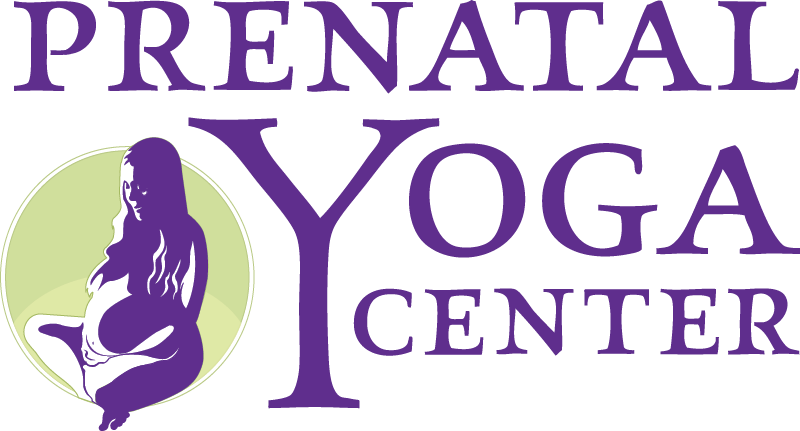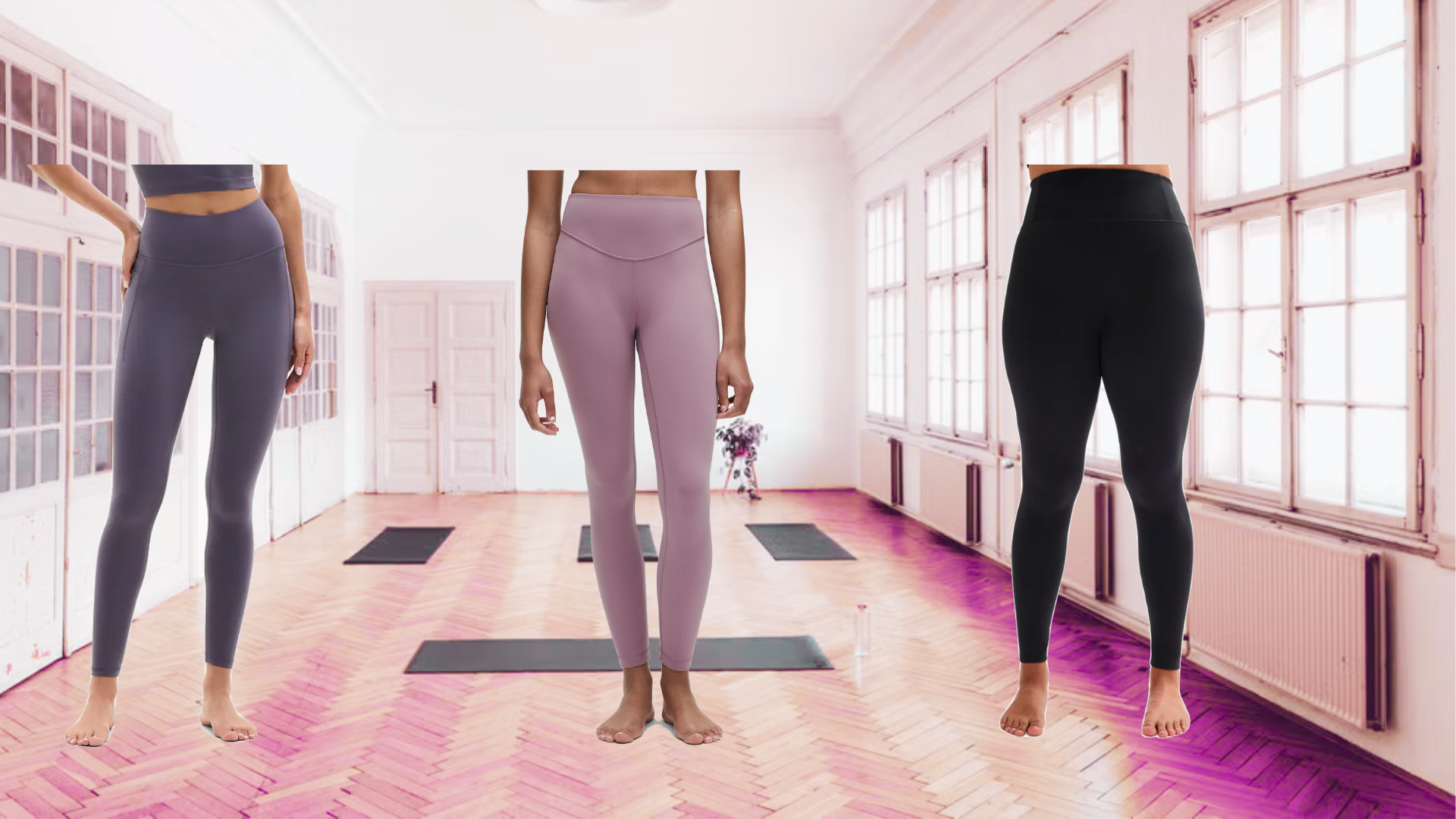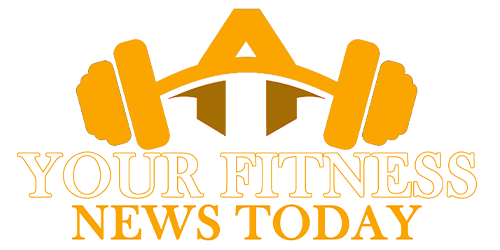Published November 19, 2025 09:53AM
In Yoga Journal’s Archives series, we share a curated collection of articles originally published in past issues beginning in 1975. These stories offer a glimpse into how yoga was interpreted, written about, and practiced throughout the years. This article first appeared in the May-June 1980 issue of Yoga Journal. Find more of our Archives here.
One of the goals of yoga is to bring us into harmony with ourselves and our environment. Upward Plank Pose (Purvottanasana) acknowledges this yogic principle. In Sanskirt, “purva” refers to the direction “East” as well as to the “front of the body,” reflecting the relationship of the yogi’s body to the Earth. “Uttana” means “intense stretch,” therefore the posture is a stretch to the East or front of the body. (The back of the body is the West; the head is the North; the feet are the South.)
B.K.S. lyengar gives Upward Plank Pose a one on his scale of difficulty. This makes it a good pose for beginning students. Many beginners find that their arms are weak when they first do this pose, particularly if their typical exercise routines aren’t focused on building strength. Others find Upward Plank challenging because the pose requires more suppleness in the shoulder joints than they have. In any case, Upward Plank is an excellent way to strengthen the arms and loosen the shoulders.

How to Practice Upward Plank Pose
In practicing the pose, start from Staff Pose (Dandasana), with your legs straight out in front of you and your back straight.
Then place the hands behind the buttocks, with fingers facing away. With an exhalation, lift the body, using the leg and buttock muscles as well as those of the back and arms. Hold for several breaths; then come down with an exhalation.
Be careful not to tense the neck, sag at the back or buttocks, or let the feet roll out. This is an important point to remember in all back extension asanas. Anytime the back is arched, there’s a tendency to roll the feet, knees, and thighs outward, which can be harmful. When this turnout occurs, the pelvis cannot move efficiently over the heads of the femurs (thigh bones) at the hip joints. Instead, the body compensates by pressuring the lumbar (lower) region of the spinal column, causing an uncomfortable feeling. But if the feet and knees are kept pointing forward, the femurs cannot roll outward. Then the movement in the hip sockets will be more even because all the joints share in the work, and the lumbar will not be strained. In this beginning pose the principles of correct backward bending are demonstrated. They will be equally important later on.
Finding Ease in Upward Plank Pose
Upward Plank Pose strengthens the muscles of the wrists and ankles, increases flexibility in the shoulder joints, and expands the chest. The pose also strengthens the back muscles, such as the latisimus dorsi, the intra-scapular muscles, and large buttock muscles. The legs will be affected, as will the triceps brachii of the back upper arm which is used especially in going up and coming back out of the pose. While you hold the completed pose, however, the extension of the elbow joint helps to keep the arm straight and thus allows the triceps to work a little less.
Upward Plank Pose can be used as a counterpose to strenuous forward bends. Using a counterpose is a popular approach which provides an opposite movement and stretch, and makes use of asanas in pairs. But this approach can cause problems too. First, if the counterpose is used to counteract discomfort, then the initial pose is not an asana: Patanjali defines “asana” as “steady, comfortable pose.” Rather than moving in the opposite direction to relieve any discomfort. students would be well advised to observe how they are practicing the pose, to find out the cause of the discomfort.
Some of the causes of discomfort are unnatural breathing, poor body alignments, and unawareness in the pose. If executed well, an asana should create release and relaxation, not constriction and strain. Often a pose that is difficult to do will bring release afterward. However, too many students practice so that a pose feels good. They only notice the strain afterward and think this necessitates that inevitable movement in the opposite direction. As the student progresses in yoga, there should be less need for counter movements.
The second problem that counterposing presents for the student is a mental one. By strictly adhering to a pose-counterpose pattern, the student limits his or her freedom in choosing poses and sequences of poses, and generally may misunderstand what yoga is all about. If yoga teaches how to consciously release self-imposed physical. mental and spiritual imitations, then we must begin by being bold in the practice of asana.
Yoga practice is not merely a series rote exercises during the practice of which the mind may wander. Ask yourself if you feel free to try new things in your practice? To do poses in a new order? To allow new interpretations of what yoga may be? The ultimate definition of yoga does not exist. Yet its meaning seems to lie in overcoming the tyranny of the dull habit.
A Note to the Yoga Teacher
An interesting variation on Upward Plank is performed by turning the hands in the opposite direction, with the fingers pointing toward the buttocks instead of away.
This gives the shoulder joints the opposite or external rotation. The muscles are strengthened by contracting against the pull of gravity and the internal rotators are stretched. The standard pose will strengthen the internal rotators and stretch the external rotators.
Besides working the shoulder muscles differently, reversing the hands demonstrates how “minor” changes in alignment can change the dynamics and difficulty of a pose. Using this variation of Upward Plank Pose the teacher can help students increase their sensitivity during yoga practice.
Note: The author gratefully acknowledges her teacher B.K.S. lyengar, and his book Light on Yoga, in the writing of this article.






